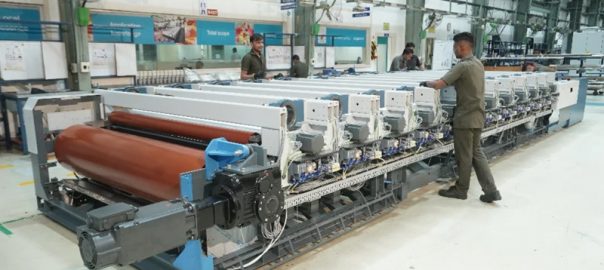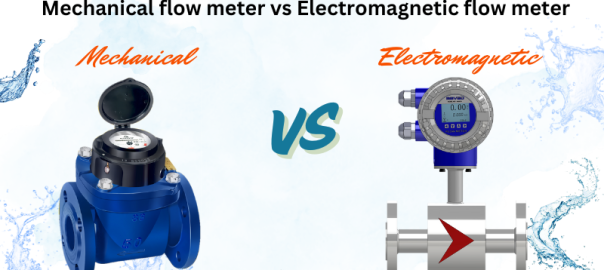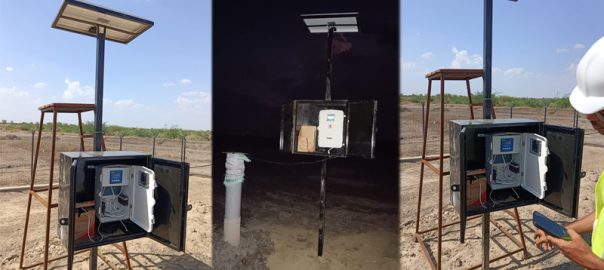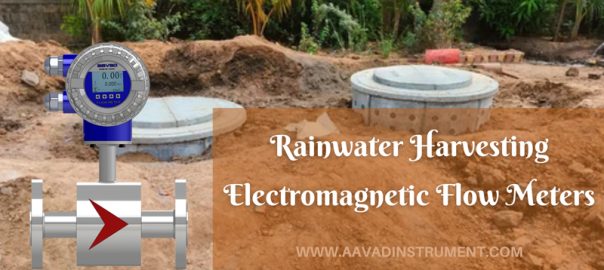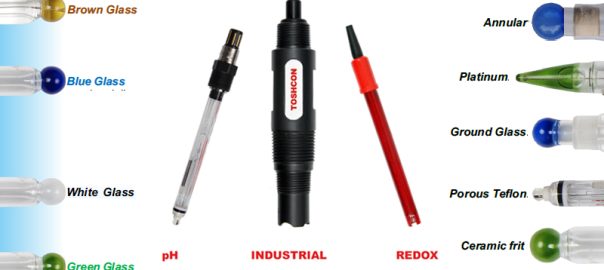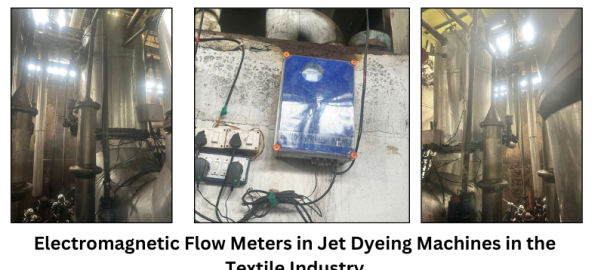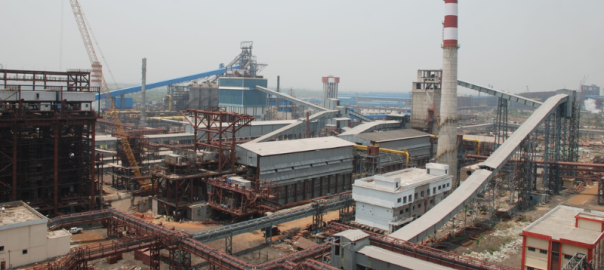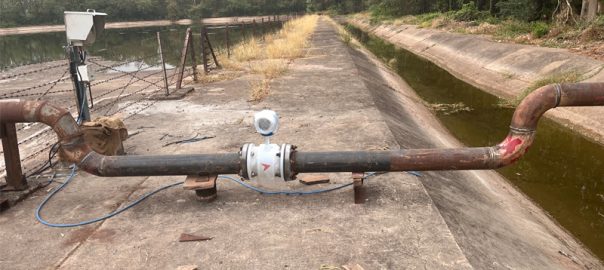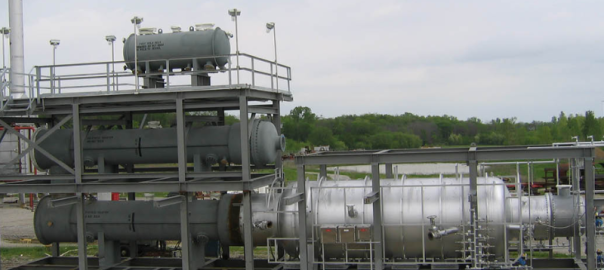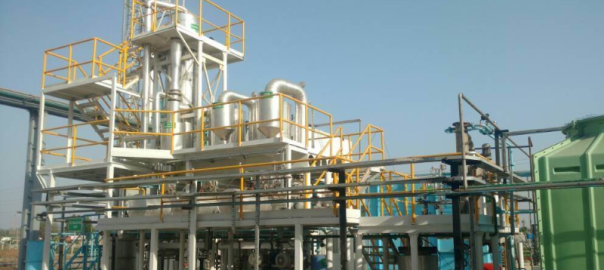
ETP and STP are two important terms in the field of wastewater treatment. ETP stands for Effluent Treatment Plant, while STP stands for Sewage Treatment Plant. Both these plants are responsible for treating wastewater before it is discharged into the environment. In this blog, we will focus on the use of electromagnetic flow meters in ETP and STP plants.
Electromagnetic Flow Meters (EMFM) are widely used in ETP and STP plants for measuring the flow rate of liquids. EMFMs are based on Faraday’s law of electromagnetic induction. They work on the principle that when a conductor moves through a magnetic field, a voltage is generated across the conductor. In an EMFM, the conductor is the liquid flowing through the pipe, and the magnetic field is generated by a pair of coils placed on either side of the pipe.
EMFMs have several advantages over other types of flow meters. They are highly accurate, and their readings are not affected by changes in temperature, pressure, or viscosity. They are also relatively easy to install and require little maintenance.
In ETP plants, EMFMs are used to measure the flow rate of effluent water. Effluent water is wastewater that is discharged from industries and other commercial establishments. Before it is discharged into the environment, it is treated in an ETP plant. The effluent water contains various pollutants such as chemicals, heavy metals, and organic compounds. EMFMs are used to measure the flow rate of this water to ensure that the treatment process is effective.
In STP plants, EMFMs are used to measure the flow rate of sewage water. Sewage water is wastewater that is generated from households, offices, and other establishments. Sewage water contains various organic and inorganic pollutants such as human waste, food waste, and chemicals. Before it is discharged into the environment, it is treated in an STP plant. The sewage water is treated using various processes such as screening, grit removal, sedimentation, and biological treatment. EMFMs are used to measure the flow rate of sewage water to ensure that the treatment process is effective.
EMFMs are also used to monitor the performance of pumps in ETP and STP plants. Pumps are used to transport water from one place to another in the treatment process. EMFMs can be used to measure the flow rate of water before and after the pump to determine the pump’s efficiency.
In conclusion, electromagnetic flow meters are an important tool in the operation of ETP and STP plants. They are highly accurate, reliable, and require little maintenance. They are used to measure the flow rate of effluent water in ETP plants and sewage water in STP plants. They are also used to monitor the performance of pumps in these plants. With the help of EMFMs, ETP and STP plants can ensure that the treatment process is effective and that the discharged water is safe for the environment.

